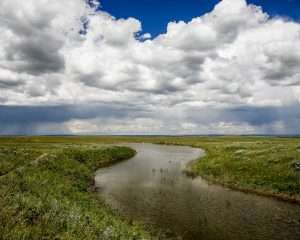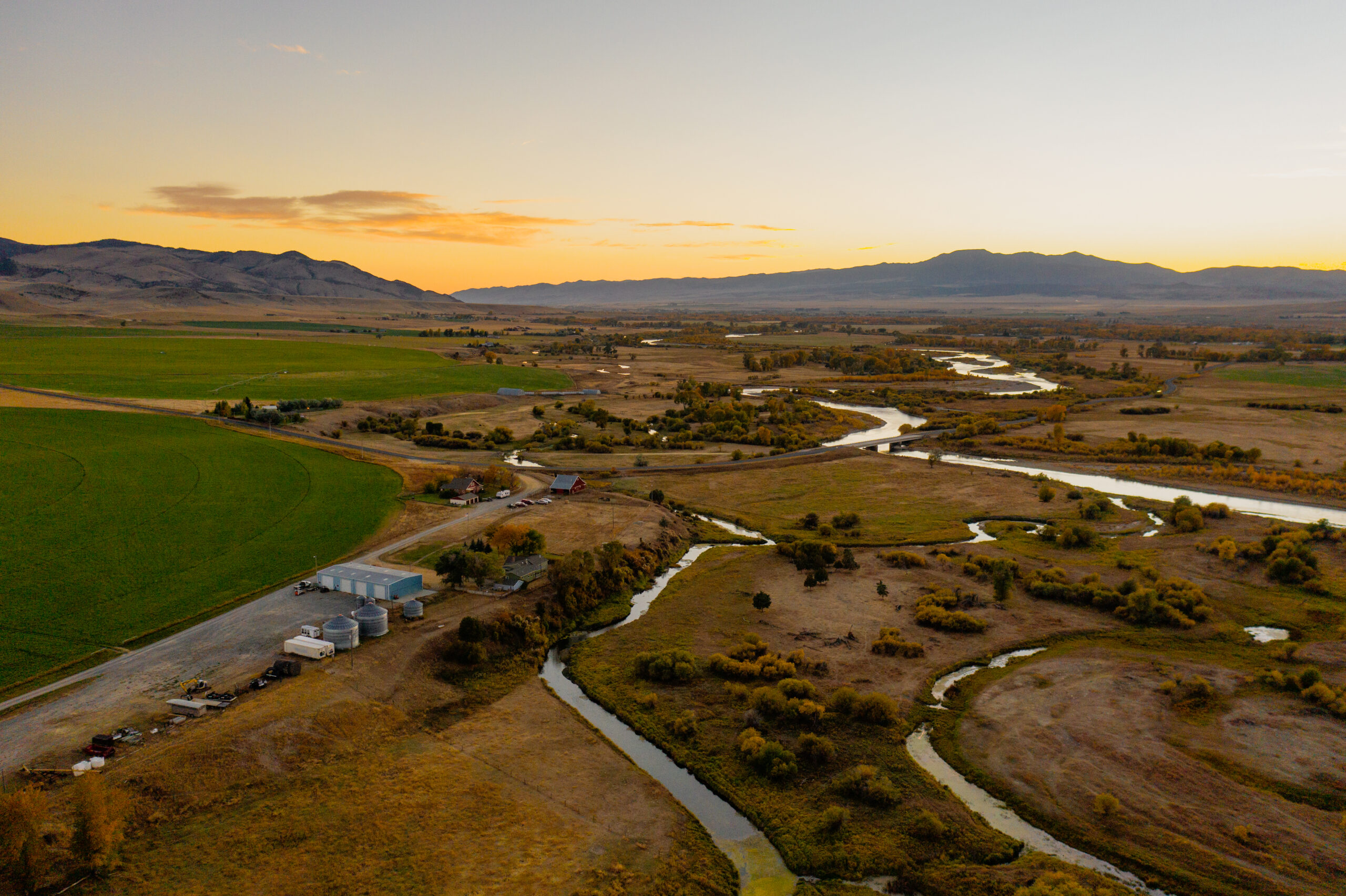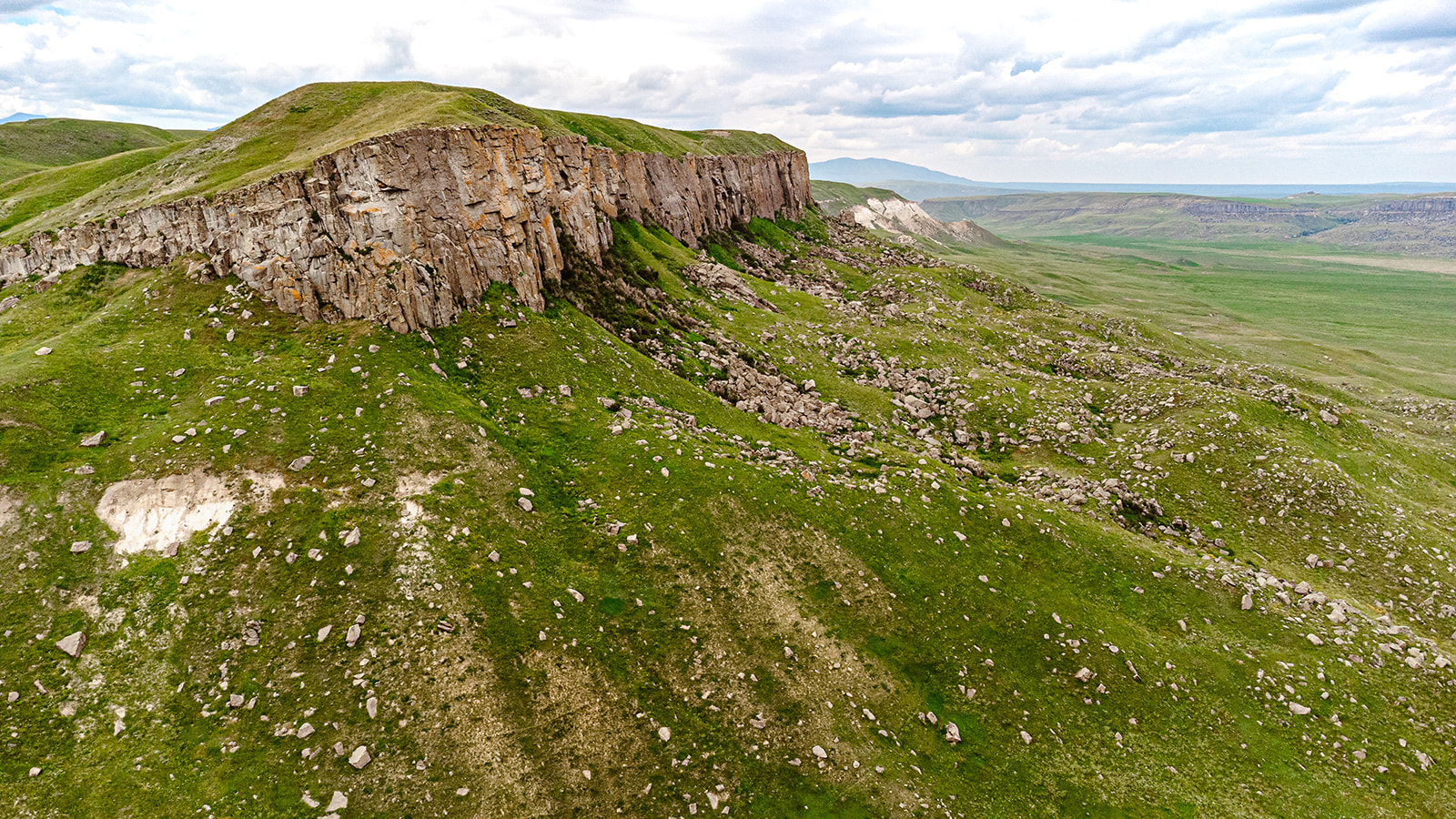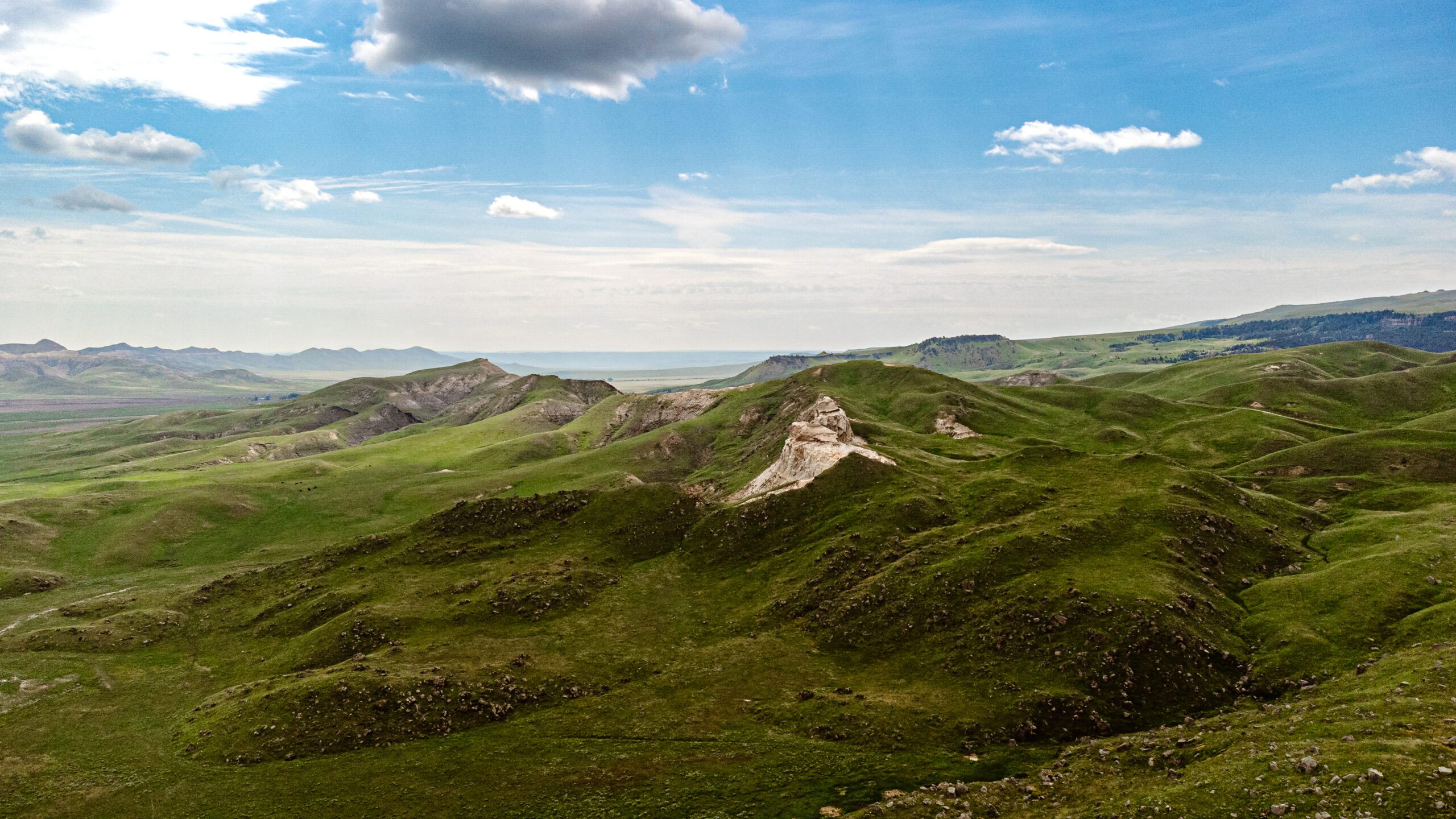Montana Water Rights
Montana, known for its agriculture and ranching industries, relies on one very important resource – water. Made even more apparent after the recent extended drought period, water rights are critical to determining who has priority access to this valuable resource. Western Ranch Brokers resident expert on water rights, Caleb Campbell, suggests that both buyers and sellers familiarize themselves with the basics on water rights, but work closely with a broker or consultant who has experience assessing the value of water rights and understands the associated legal requirements.
5 Things to Know About Water Rights
- Water rights, and their approved usage amounts are managed by the DNRC in Montana
- “First in time, first in right” is how priority for water rights in Montana are determined – the earlier the priority date of the right, the greater the priority
- Assessing the value of water rights is complicated, consult an expert, especially during the transfer of real property
- Protect your water rights – have documentation as the legal owner and proof of continued beneficial use
- Any changes to an existing water right including use, must be approved by the DNRC
All groundwater and surface water in Montana is owned by the state, but rights to use the water —including priority and amount—are governed by the Department of Natural Resources and Conservation (DNRC). Water rights in Montana are prioritized by date, or as they say in Montana, “First in time, first in right.” According to Caleb:
In some places in Montana, especially during a drought in the irrigation season, more water rights have been issued than the available volume of surface water. This is when the priority date of the right becomes extremely important because it signifies who gets priority usage of the available water.
Montana’s prior appropriation doctrine allocates rights of continued water use, giving the first priority to the person who can prove the earliest records of beneficial use. Water rights in Montana are considered property rights; however, they don’t denote ownership, only usage. Landowners with water resources on their property need both the legal water right and proof of continued beneficial use in order to protect it.
Typical Examples of Beneficial Use
- Agricultural
- Domestic
- Fish and wildlife
- Industrial
- Irrigation
- Mining
- Municipal
- Power
- Recreation

Water Right Disputes
Senior water rights holders (those with the earliest priority dates) have first claim to water rights, regardless of type of use. They can make a “call” on upstream water users with later priority dates to stop using water during times of shortage. If conflicts arise, the district court will determine distribution. The Montana Water Court, created in 1973, handles the adjudication of historical water right claims for any claims issued prior to July 1st, 1973.
The state of Montana adjudicates water rights by water basin. Although water rights are specific to a place or point of diversion, they can be moved up and down a watershed. Any changes to an existing water right, including use, must be approved by the DNRC.
Valuation
Similar to real property, water rights are transferable and can carry a tremendous amount of value—an important consideration when pricing property for sale. An innately complicated task, determining the value of a property’s water rights and potential investment risk requires significant due diligence, and should be quantified by someone with experience in buying and selling Montana water rights specifically. Learning first-hand from experience in his family water rights brokerage business, Caleb advises buyers and sellers to know their water rights. “Just because you have a water right, doesn’t mean you can use it,” notes Caleb.
The population increase due to the 2021-2022 real estate boom in Montana has put further strain on Montana’s water resources, leading to shifts in water demands as mining operations and farmland properties are converted into residential developments. According to the States At Risk Project, “Montana is projected to see an approximately 95 percent increase in severity of widespread drought by 2050.” Already feeling the impact of high temperatures and extended drought periods, predictions for continued drought conditions should be concerning to ag producers and investors alike—understanding and protecting your claim to a water right is more important than ever.
Western Ranch Brokers recommends seeking expert advice to determine a property’s water rights and the value of those rights as part of any Montana real estate transaction. Contact Caleb at Western Ranch Brokers to learn more about Montana water rights and how they impact you.






